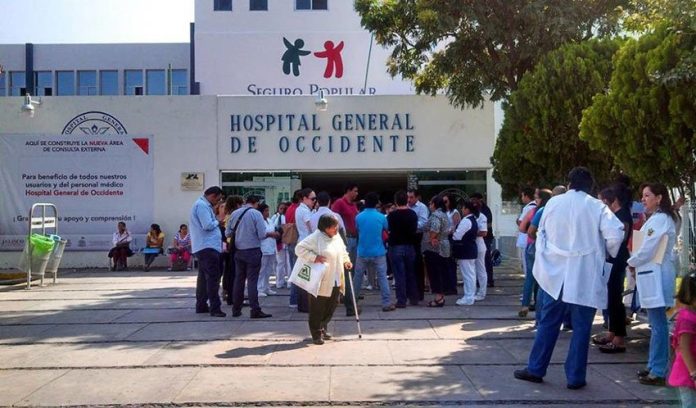For patients in Mexico’s health system, quality of care can vary greatly depending on which insurance system a patient is enrolled in, according to a doctor who works in two.
Dr. Moisés Díaz Mier, a surgeon who works at two hospitals in Mexico City, said that recent budget cuts have hit the Seguro Popular especially hard.
Díaz is in a good position to judge the quality of care across different insurance systems: every day, he works one shift at the General Ignacio Zaragoza Hospital, which serves patients enrolled in ISSSTE insurance, and one shift at the Tláhuac Hospital, which serves patients enrolled in Seguro Popular.
“I live two realities in one day,” he said. “In the morning, the ISSSTE, and at night, the Seguro Popular. An optimum reality in the ISSSTE, and a suboptimal reality with the Seguro Popular, in the Tláhuac Hospital.”
Díaz said that chronic problems at the latter hospitals include shortages of medicine, equipment and personnel, which leads to lower standards of care for patients. In contrast, Díaz says that at the ISSSTE hospital, “if I ask for something, I get it the next day.”
ISSSTE provides health care to government workers while the Seguro Popular provides insurance to people who are not covered by other programs.
As part of an overhaul of the Mexican health system, President López Obrador announced last December that the Seguro Popular will be replaced.
Díaz also criticized the president’s decision to cut funding for academic travel to foreign countries, saying that such travel is necessary because educational opportunities for medical professionals are lacking in Mexico.
“If there’s nowhere we can get up-to-date training, we have to leave the country, but if we can’t leave because they’re cutting the scholarships, we’ll just stay as we are,” he said. “You don’t live like a king on a scholarship, you live with other people in a small room. They’re not tourists, they’re still students.”
Source: Milenio (sp)
